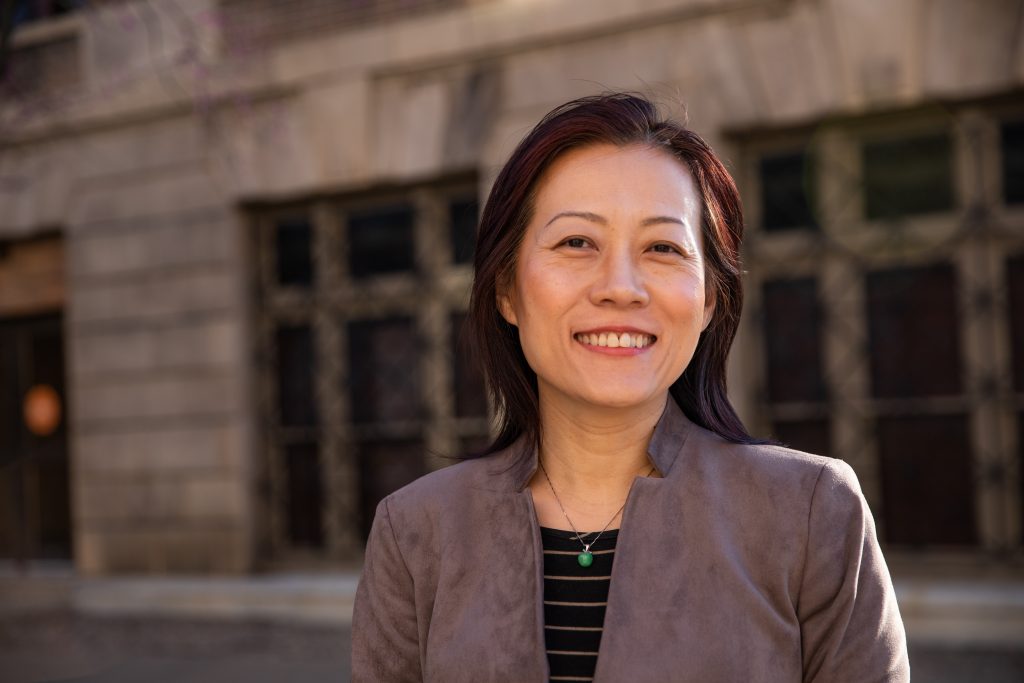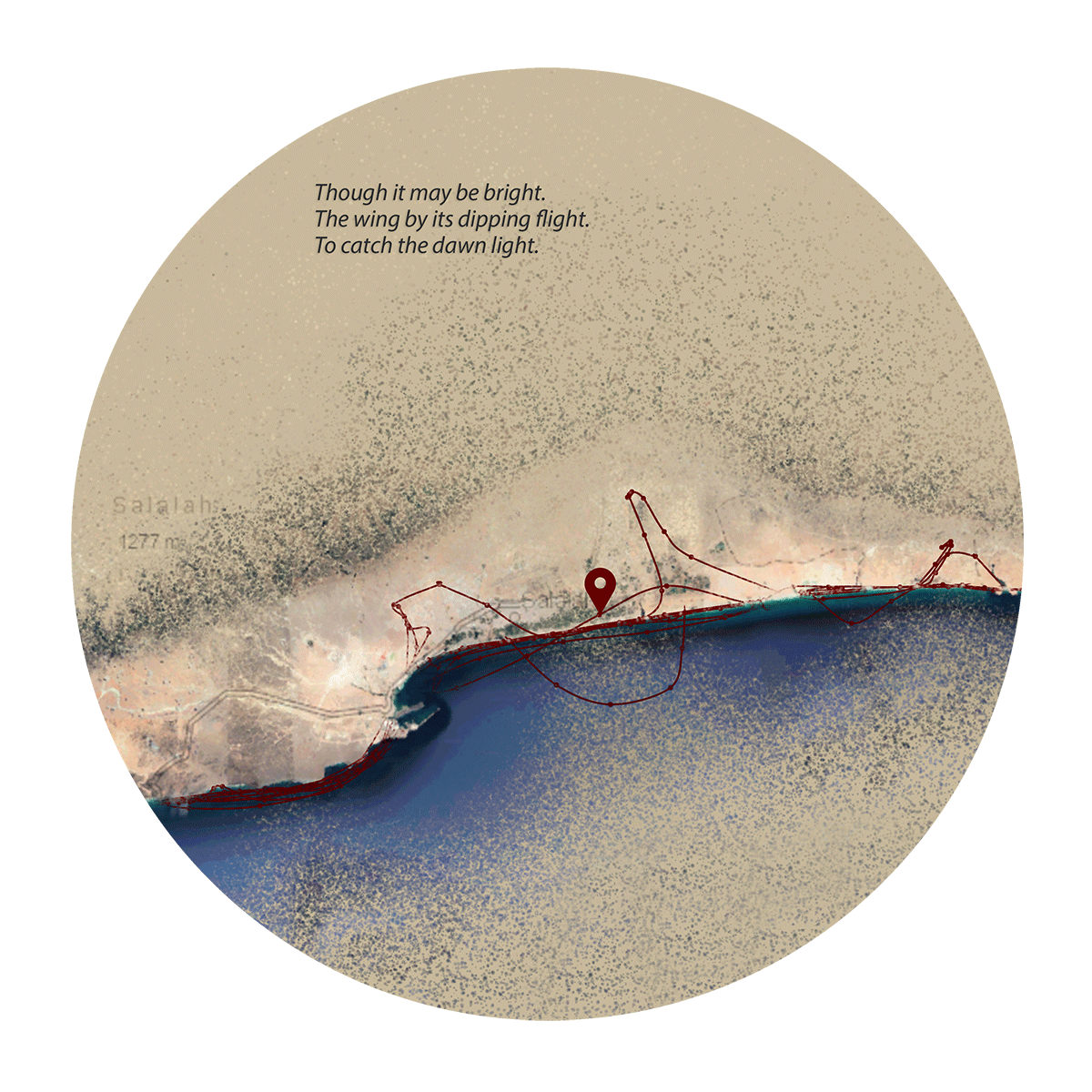Rebecca Xu
Rebecca Xu

When China underwent its 1990s digital revolution, Rebecca Xu was among the first group of 3D animators.
As an international design student at the Beijing Institute of Technology, Xu was recruited by China’s first digital production company, Sinorails International Digital Vision Co. Ltd, who were searching for people with basic digital design skills. There she produced materials for the most famous film studios like the Shanghai Film Studio and made visual effects for China’s Central Television, the country’s official TV channel.
After a few years at the company, Xu wanted to advance her technical and conceptual design skills, which she couldn’t do in China because there were no available experts to teach her.
“I was thinking, how could I become a better digital artist?” Xu, who now teaches computer art and animation as an associate SU professor, said. “Ultimately, I decided to come to America to study.”

In 1997, Xu went to graduate school at Syracuse University’s College of Visual and Performing Arts and studied computer graphics, now called computer art and animation. At graduation, her professor asked her if she’d want to teach since she was getting glowing student reviews as a teaching assistant. However, despite her professor’s encouragement, Xu didn’t feel confident to teach yet, because she felt the cultural differences between her and the students were too large.
“Some of the animations my students were familiar with, I wouldn’t know because I didn’t grow up here,” Xu said. “We watch different stuff.”
Xu then worked as a multimedia designer in Boston for three years, eventually going back to her love of teaching at Missouri State University, where she stayed for nine years. She left Missouri to go to SU because she wanted a more diverse community for her children to grow up in. She said most of the time her children would be the only child of Asian descent at daycare and she wanted them living in an area where they wouldn’t feel like “they’re the different one,” she said.
She also wanted to teach at SU, the school where she met all her best friends in this country, and the place where she transformed from a commercial artist to a fine arts teacher.
“I was very happy,” she said. “I would have the opportunity to shape the program I grew from, so that’s why ultimately, I decided to come back.”

Xu said as a grad student, VPA fostered an inclusive environment for international students. She said all of her professors served as empathetic role models for her and were sensitive about diversity and inclusion in the classroom. However, due to lack of knowledge and understanding, bias incidents and microaggressions still occur among students and faculty, she said.
Xu said she appreciates SU’s efforts to educate and increase awareness about diversity and inclusion within the university. She said these changes will increase the service load for minority professors like her. As a female Asian professor, she is required to be on more committees than the average professor due to SU’s efforts to be more representative of minority voices. Xu said she appreciates that she’s part of the decision-making process and that SU invites her perspective, but she feels it’s out of obligation rather than because the university really wants her feedback.
“I got all those checkmarks. So on one hand, I appreciate the effort. But on the other hand, there are times I kind of feel I become this number or become this person who can help the committee to make a check — not who can really get the job done.”






